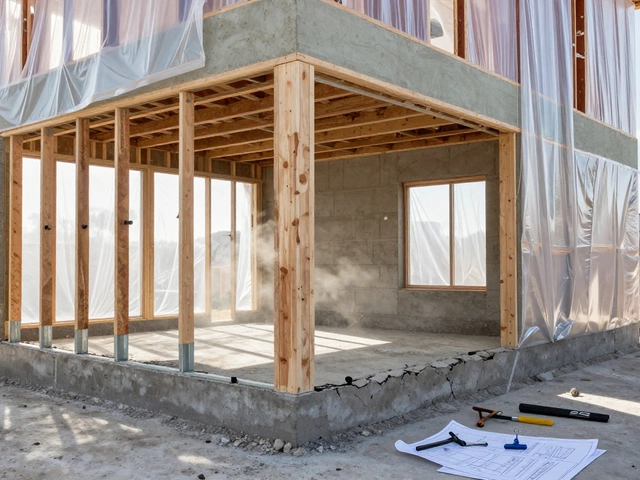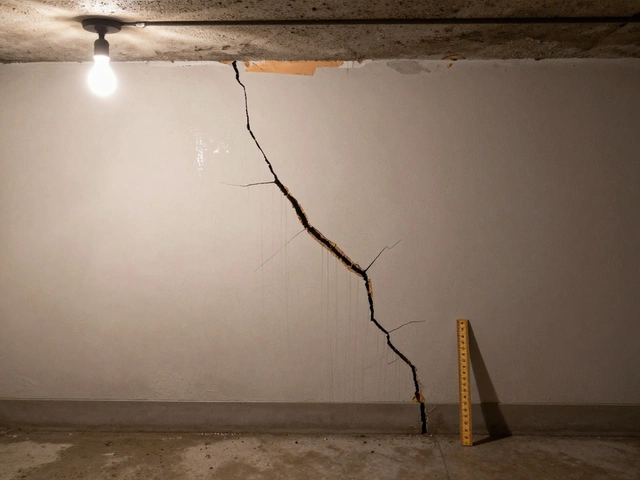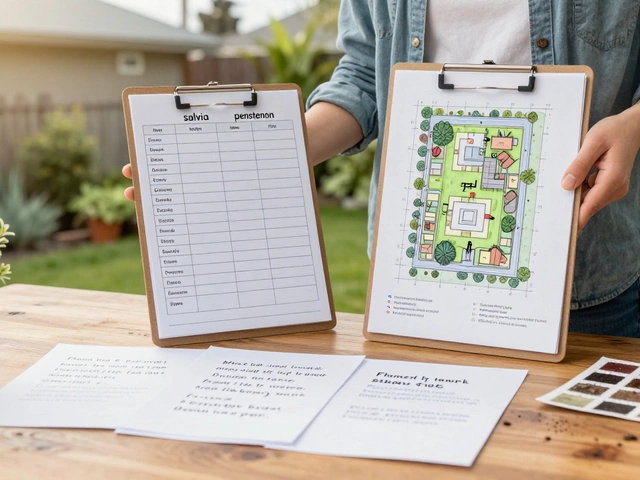Construction Projects: Guides, Tips & Real‑World Insights
When tackling construction projects, large‑scale building or renovation efforts that turn plans into physical space. Also known as building projects, they blend design, budgeting, and on‑site work into a single workflow.
A solid builder, the skilled tradesperson who carries out the hands‑on work. Also called construction contractor, a builder translates drawings into walls, roofs and finishes. The construction company, the legal entity that manages contracts, insurance and supply chains, provides the organizational backbone and ensures compliance. Together they form the core workforce of any construction project.
One of the most visible phases is the roof, the protective covering that caps a building and shields it from weather. Roof installation or replacement often dictates the project timeline and budget, making it a critical checkpoint. Below the roof, the foundation, the load‑bearing base that supports the entire structure, must be sound; settlement issues can jeopardize years of work. In fact, many homeowners discover foundation movement long after a build, highlighting the need for proper soil assessment and drainage planning.
Key Aspects Every Construction Project Touches
Planning sets the tone. Accurate cost estimates, realistic timelines, and clear scope definitions prevent scope creep. Budgeting isn’t just about materials; it includes permits, labor rates, and contingency funds for unexpected site conditions. Execution hinges on coordination: the builder follows the construction company’s schedule, the roof crew syncs with interior finishers, and the foundation specialist monitors settlement throughout.
Risk management is another pillar. Choosing the right builder means checking licensing, insurance and past project references. A reputable construction company will carry the necessary warranties and maintain open communication channels. For roof work, selecting materials that match climate demands—such as tile for wet regions or metal for fire‑prone areas—reduces future repair costs. When it comes to foundations, soil tests and proper footings guard against long‑term settlement, a lesson echoed in many of our expert guides.
Technology also reshapes modern construction projects. BIM (Building Information Modeling) lets designers and builders spot clashes before they hit the site, while drone surveys provide real‑time progress updates. These tools help keep the builder and construction company aligned, streamline roof installation sequencing, and detect early signs of foundation movement.
Whether you’re a homeowner planning a kitchen remodel, a developer overseeing a multi‑unit block, or a tradesperson sharpening your craft, the collection below covers the full spectrum. You’ll find practical how‑to guides, cost breakdowns, and trend analyses that answer the real questions that arise at each stage of a construction project.
Ready to dive deeper? Browse the articles below to see how builders choose the right materials, why roof costs can soar, what signals a settling foundation, and which construction companies set the global benchmark. These insights will help you steer your next project with confidence and clarity.
Understanding Non-Commercial Construction: A Comprehensive Guide
Non-commercial construction represents the non-commercial side of building projects. It focuses on the creation of structures intended for private use or specific community purposes. Unlike commercial construction, which aims to generate profit, this form of construction includes residential homes, schools, and community centers. Such projects prioritize comfort, safety, and community needs over financial return.
full article




